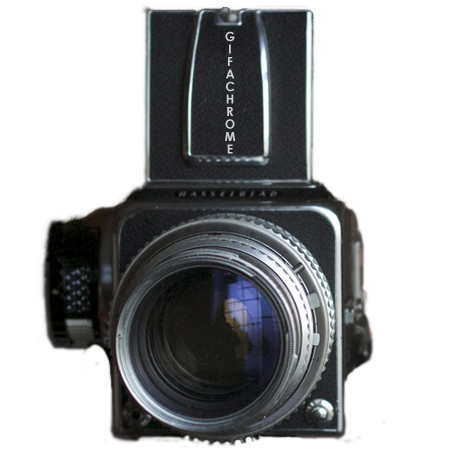I am going to do an instructional video for one of my philosophy courses, on Albert Camus’ essay “The Myth of Sisyphus.” I spent quite awhile this morning looking around the web for videos or animated gifs of Sisyphus pushing the rock up the mountain, having it fall down again, and starting over. I wanted to use something like that for my course video. I found a few videos and gifs, but none of them were, so far as I could see, openly licensed.
What’s an instructor to do? Create their own animated gif, of course! Thanks to #ds106, I can.

It didn’t turn out exactly as I would have wished (do these things ever?); I would have liked to have had Sisyphus move the boulder in from the left after it falls down, but the icon of the man in the original wasn’t shaped in the right way for that to look good (he would have his hands in the air while pushing the boulder sideways!). And I just don’t have the time right now to change his arms so he is pushing the boulder sideways with them. That wouldn’t be too hard to do, really, with this black-and-white, blocky image, but I am out of time today.
Now, because it’s going into a video, I’ll either have to credit the original icon maker and The Noun Project in the credits, or put that info on the gif itself (I’d rather not), or just buy the icon from the Noun Project itself. Yeah, that’s the easiest thing…and I am getting so much value out of this one it’s way more than worth it!
I love how #ds106 is useful not just for fun (and it certainly is useful for that…we all need fun in our lives!) but also for my work. Excellent.
Two more…
I decided to add to the original by making the “sigh” obvious:
And then, because Camus says at the end of the short essay on Sisyphus that “we must imagine Sisyphus happy” (and my video will talk about this), I made one where he is very happy.
These gifs are all openly licensed, CC BY 4.0
The process for the original
I used GIMP to make this animated gif.
After downloading the original icon from the Noun Project (see link in caption for the gif)…
- I put a white layer under the transparent black icon.
- I selected the rock using the circular select tool, did command-x to “cut” it, then created a new, transparent layer and used command-v to paste. In GIMP, that gives you a floating layer that you have to anchor down to the new layer you created.
- I made a few duplicates of the transparent layer with just the rock.
- I selected the man using the free select tool, and then pasted him onto one of the layers with just the rock. So then I had a transparent layer with just the man and the rock together, and some with just the rock (important for when the rock rolls down!). I also had a layer with just the mountain, and then the white background.
- I merged the mountain layer to the white background layer and duplicated many times.
- I duplicated the man-and-rock transparent layer many times.
- Then it was just a matter of moving the man-and-rock layers up and up to the right, incrementally in the stack, putting a mountain layer beneath each one. (I keep forgetting to take screen shots while I’m in the process, to help explain!).
- Similarly, on the top of the stack (GIMP animates from bottom of the stack to the top) I moved the just rock layers down and to the left incrementally in the stack, with mountain layers between each one.
- At that point, what you should do is test the animation using Filters -> Animation -> Playback. You’ll get a bunch of white mountain layers between the moving man-and-rock layers so it looks a bit weird, but that way you can easily move the man-and-rock transparent layers against the white background if you need to.
- If you do what I did, and merge the man-and-rock layers down to the white mountain layers before testing this out, then you have to do “undo” a bunch of times to unmerge them so you can move the man-and-rock again. I did this several times over. And if you save in between, I think “undo” only goes back as far as you saved. Because there were a few layers when he’s at the very top that I wanted to change the position of the man-and-rock of, but I couldn’t b/c I couldn’t unmerge them. D’oh.
- When I was happy with the playback, I merged the man-and-rock and rock layers onto the mountain on white background layers.
- Then I added some pauses in the timing; I wanted there to be a pause before the rock rolls back down, and between when it rolls down and he starts over again. I also wanted there to be a pause when he starts up again, facing the mountain with his rock, like there’s a little sigh of here-we-go-again. To do that, I changed the titles of the layers to add millisecond timings: “start (500ms)”, “before rock falls (400ms)”, etc.
- Then when I exported it as a .gif file, I slowed down the animation by putting in the box where it says “delay between frames where unspecified,” and changed that from 100 to 200 ms.









![Jim Groom is an [edu] PUNK!!](http://chendricks.org/ds106/files/2015/03/JimGroomEdupunk2.gif)




